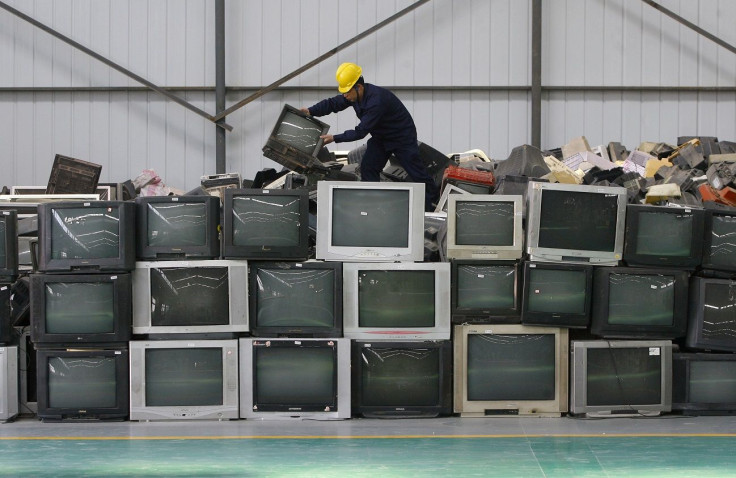TV loses dominance in Australia, digital news consumption on the rise

The fourth annual snapshot conducted by financial services company Deloitte revealed that Australians still watch TV — it is on the rise, actually — but they’re doing it in different ways. According to the study, Australians are watching more TV these days, but doing it on a regular dining room entertainment set is no longer the trend.
Sixty percent of the respondents said that they watch all kinds of TV programs — regular shows, movies, and news — on various devices such as smartphones, tablets, and desktop. Only 44 percent of households in the country are on “linear broadcast,” or traditional TV, as the inception of video streaming services such as Netflix, Presto, and Stan have attracted a large percentage of consumers from various age brackets over the past two years.
“Watching television, on any device, is the most popular method of entertainment consumption for generation X, baby boomers and older. However, people aged between 14 and 31, using the internet was their no. 1. Trailing millennials, those aged from 14 to 25, only 26 percent of viewing was through linear broadcast, and 31 percent was streamed,” wrote Max Mason of The Sydney Morning Herald.
Digital news consumption is also increasing, as more Australians admit that they would rather go straight to social media and mobile apps instead of purchasing traditional newspapers on stores. A report by Enhanced Media Metrics Australia said that the number of Australians accessing digital news content has hit the three million mark in 2014, up by 13 percent from 2013. Moreover, consumption of traditional newspapers’ online content has also increased by eight percent.
The rise of news-centric mobile apps, which include content curators and brand-owned applications, is also contributing to the expanding figure. Brand-owned mobile apps directly caters to their loyal readers, curators like Apple News, News360, and Zite are providing readers better and faster ways of obtaining news stories from different sources. This is beneficial to the busy professionals who could only go online during break times, when at home, or on weekends.
Industry-focused news curators such as Born2Invest , on the other hand, are not only helping consumers to obtain free business stories, but also news publishers losing tremendous readers from their competitors. Born2Invest, the only business and finance news curation app on the market, offers 80-word news summaries of media brands’ stories to reach the expanding demographic of professionals deprived of accessing the news due to their tight schedules and workloads.
The growth of smartphone and social media usage are the driving force behind the fast migration of consumers to online. According to the latest data released by the Australian Mobile Phone Lifestyle Index (AMPLI) , 89 percent of the Australian population owns a smartphone, and 60 percent owns a tablet. Thirty-two percent of those who don’t have a smartphone have admitted that they are now planning to get one in the next 12 months.
As the studies learn, there would be more Australians getting their daily news online through their smartphones, and it would force news publishers that don’t have online presence yet to finally build one.
Contact the writer at feedback@ibtimes.com.au, or let us know what you think below.






